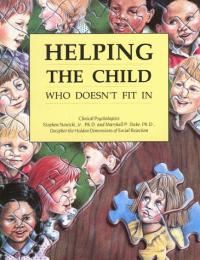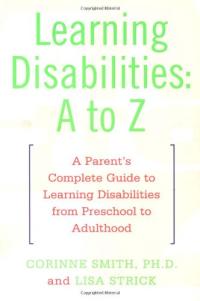
Every Child Ready to Read: Literacy Tips for Parents
All parents want their children to read well and to succeed — and experts agree that improving literacy begins at birth. Reading aloud to your child, sharing simple games and wordplay, and developing letter knowledge start your child off on the right foot for school and life. Now the esteemed Lee Pesky Learning Center has created this easy, accessible reference for parents to help foster better literacy skills in children.








